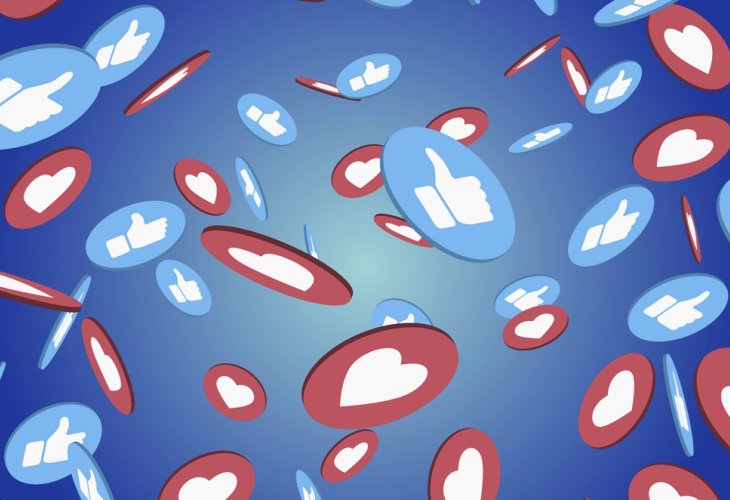Personality Development
The Dopamine Trap: How Screens Affect Our Mood
Why does excessive media use make us happy, and why is it harmful?
 (Photo: shutterstock)
(Photo: shutterstock)Why do people get addicted to social and digital media?
The answer lies in the brain.
Our body produces various chemicals—some are hormones, others are neurotransmitters. One especially important chemical is dopamine. The body can naturally produce it, and it plays a major role in many bodily functions, especially in the brain.
I once spoke with someone who has helped thousands overcome internet addiction. He showed me research that found that the brain reacts to certain online content in the same way it reacts to some of the most addictive drugs. He explained how dopamine is released during these interactions, providing a short-lived thrill that isn't connected to anything meaningful and doesn’t push a person to do anything truly beneficial.
Sean Parker, one of the original founders of the world’s largest social media platform, admitted that a driving force behind creating it was not to build meaningful human connection, but to capture as much of our time and attention as possible. He said the platform’s designers found a “vulnerability” in the human brain- every time someone sees a “like” on their post, their brain gets a hit of dopamine. It’s like a reward system being activated. Although Parker left the company in 2005, the long-term effects of these platforms continue to reshape our lives.
Wolfram Schultz, a leading neuroscientist in dopamine research, explains that when these reward systems are constantly triggered in artificial ways—such as through technology and dopamine-inducing stimulation—they lead to addiction, and perhaps more critically, they weaken our willpower.
This “dopamine trap” pulls us away from our deeper desires, weakens our inner strength, and dulls our awareness. It ultimately distracts us from truly living in the moment and being present in our own lives.
If someone feels they’ve become addicted to dopamine, they need to be cautious about engaging in activities that stimulate it without control or awareness. The good news is that even one day—let alone a few days—away from dopamine-triggering behaviors can help us reset. Simply realizing how serious the situation is, can motivate us to take a step back from the constant stimulation, and notice how it affects our motivation and hope. We don’t need nearly as much external stimulation as we think. We already have everything we need inside us.
We all want a good life—but not a fake, sugary kind of good. We want something real. There are natural ways to raise dopamine levels without the destructive side effects:
Setting goals and achieving them, staying inspired, and finding joy in small things—even just expressing gratitude for what we already have—can trigger a natural and healthy dopamine boost. This allows us to use the dopamine system in a meaningful and life-affirming way.
Exercise, especially running, releases positive hormones and improves the brain’s ability to absorb dopamine.
Quality sleep helps regulate dopamine, while poor sleep disrupts it.
Cold showers—believe it or not—can help too. Studies show that a 14°C (57°F) shower can raise dopamine levels by 250%.
Balanced nutrition supports healthy brain chemistry, while a diet heavy in sugar can make things worse.
Understanding how dopamine works—and learning to manage it mindfully—can help us break free from digital addiction and reconnect with real, present-moment living.
From the new book by Ran Weber, "Living the Day." To purchase, visit Hidabroot Shops or call: 073-222-125

